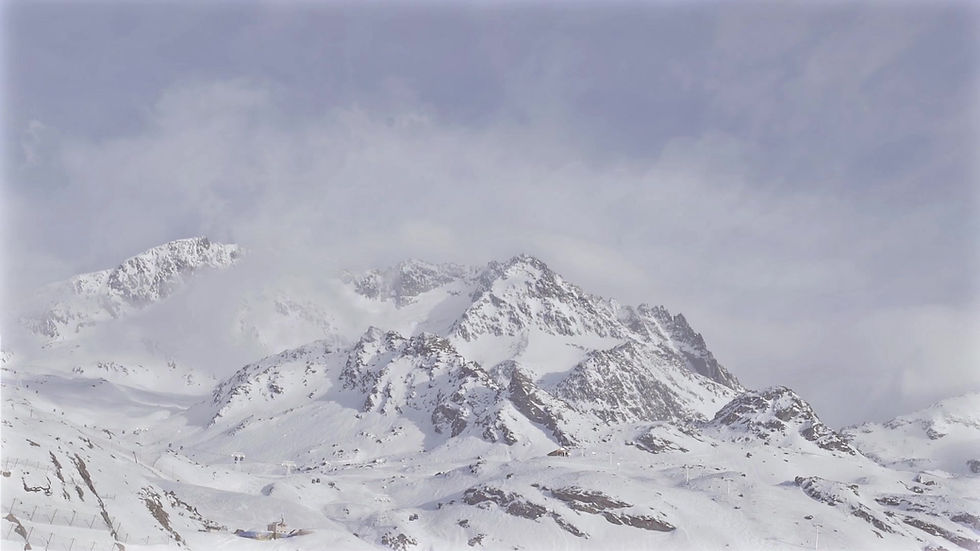All Blood Runs Red: The Skyward Legacy of Eugene Bullard
- Adonis A. Osekre

- Sep 10
- 4 min read
Updated: Sep 10
By Ask Adonis | Voices from the Sand
“Tout le sang qui coule est rouge.”
—Eugene Bullard’s fighter plane inscription
Would the Sky Still Remember Us?
Imagine a world without Black innovation.
No open-heart surgery. No modern blood banks. No three-light traffic signals.
No Garrett Morgan. No Charles Drew. No Katherine Johnson.
No spirituals that became blues that became jazz that became survival.
Would the sky still remember us?
Would “All blood runs red” ever have been painted on a fighter plane?
What happens when a man invents no machines but dares to fly in a world that told him to crawl?

The Boy Who Refused to Stay Grounded
Eugene Bullard was born in 1895 in Columbus, Georgia—a place thick with Jim Crow’s shadow and the smoke of futures denied. He was a Black boy in the Deep South, surrounded by reminders that the ground he walked on was never his to rise from.
At eleven, he ran away.
By sixteen, he was boxing in England.
By nineteen, bleeding in the trenches of World War I for a nation not his own.
By twenty-one, he was no longer earthbound—he was a pilot, defying gravity and society alike.

The First Black Combat Pilot
In 1917, Bullard joined the French Air Service and made history as the first African American combat pilot. He flew with a black heart painted on his fuselage, beneath the words: “Tout le sang qui coule est rouge.”
All blood runs red.
It was more than a slogan—it was defiance with wings.
While other pilots soared under flags that claimed and celebrated them, Bullard flew under one that merely made room for him. A nation that didn’t speak his language, but gave him the sky.
He later applied to the U.S. Air Service. He was denied—not for lack of valor or skill, but for the skin he wore.
But by then, he had already flown beyond their permission.
The Inventor Without a Patent
Bullard never filed a patent. He didn’t draft blueprints or design new machines.
But he invented possibility.
His life was a prototype of defiance. He forged identity in a cockpit, becoming something, America said he could never be: airborne, armed, proud, Black, and unafraid.
Just as Black inventors shaped how we drive, heal, and survive—Bullard reshaped what we believe is possible.
Not through tools, but through vision.
Not through wires, but through will.
Paris, Jazz, and Resistance
After the war, Bullard remained in Paris. He owned jazz clubs where Langston Hughes scribbled lines on napkins and Josephine Baker defied the gaze with glitter and spine. In his clubs, freedom had rhythm. The roar of the sky gave way to the hum of trumpets and the clink of café glasses.
During World War II, when France called again, he answered. This time as a spy in the French Resistance. He carried messages, smuggled secrets, watched shadows—until the Nazi invasion forced him to flee.
He returned to the United States.
The country he had once tried to serve made him invisible once more.

The Man in the Elevator
In the 1950s, you might have seen him at Rockefeller Center. Not on a stage. Not in a uniform.
In an elevator.
He once carried nations on his wings.
Now, he carried strangers floor to floor.
The sky he once carved with steel now lay beyond a ceiling he couldn’t touch.
He wore a bellhop’s uniform, but beneath it was the heart of a pilot, a soldier, a revolutionary. Most didn’t know who he was. America had forgotten.
France had not. In 1959, they named him a Chevalier of the Legion of Honor.
In 1994, the U.S. posthumously commissioned him as a second lieutenant.
But the medals came after the flight.
And the sky had already remembered.

Legacy Beyond Blueprint
If the world only recorded what was built, Eugene Bullard might have vanished into the footnotes of history.
But legacy isn’t just measured in inventions.
It is carved into the very act of defiance.
Bullard invented dignity where there was supposed to be none.
He flew when grounded.
He lifted when others lowered.
He lived as if freedom were muscle memory.
Reflection
What kind of innovation lives in your story?
Is it bravery? Is it the act of rising when falling was expected?
If the world only recorded blueprints and patents, what part of you would be forgotten?


.png)


Comments